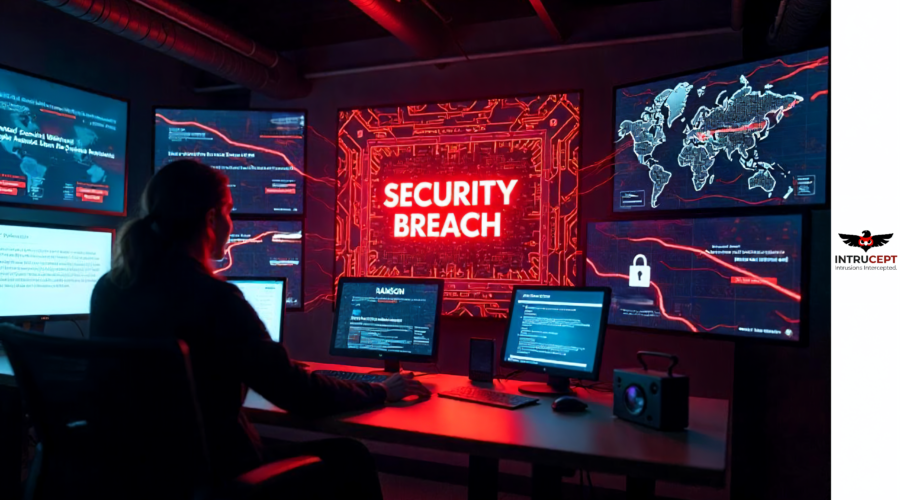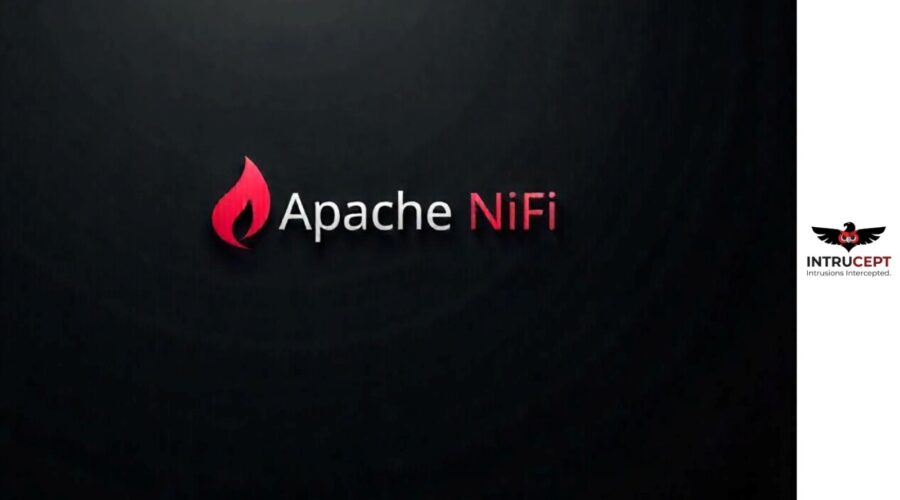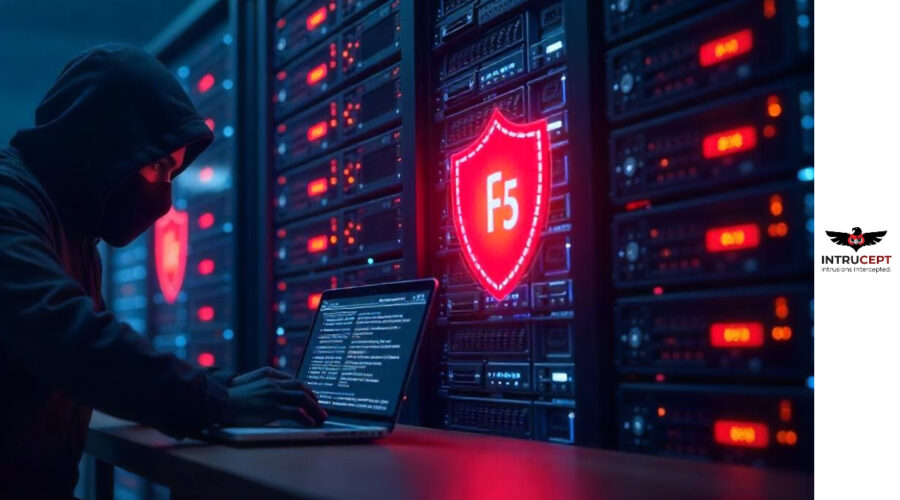AI seen as potential for improved threat detection & cost optimization; Wipro Report
As sophisticated cyber threat grows so is the cost and leaders are now preferring to leverage AI for improved threat detection, incident response and cost optimization.
Wipro report on ‘State of Cybersecurity Report 2025’ say 35% cybersecurity leaders which is nearly 33%, globally are opting for AI-driven automation at the forefront of their strategic priorities.
The report surveyed over 100 global cybersecurity leaders and consultants and found that AI-driven automation and cost optimization were among the main cybersecurity priorities for organizations.
Key findings:
30% of respondents state that investing in AI automation to bolster cybersecurity operations and reduce costs is a top priority.
Other strategies used by CISOs to optimize costs include tools rationalization (26%), security and risk management process optimization (23%) and operating model simplification (20%).
The report also highlights the growing role of AI in managing cyber threats and how investing in advanced AI-driven security solutions, continuously monitoring AI developments.
Fostering a culture of innovation and adaptation within cybersecurity teams can play a significant role in risk management.
Many CISOs are leveraging AI to improve threat detection and response times (31 %) and to build enhanced incident response capabilities (24%).
“Cybersecurity budgets are struggling to keep pace with the growing sophistication of cyber threats,” said Tony Buffomante, SVP & Global Head — Cybersecurity & Risk Services, Wipro Limited. “AI offers a solution by helping organizations strengthen defenses while optimizing costs. This allows CISOs to adopt a more outcome-driven focus by prioritizing risk-adjusted returns on investments.
However, even with AI’s growing significance, the implementation of Zero Trust security frameworks remains the predominant investment focus for nearly all surveyed leaders.
AI The crime enabler
In the beginning of 2025, reports came from various sources attackers are weaponizing AI and what cyber security leaders will do about it.
We all know how AI AI has been a good force in helping organizations detect anomalies, automate security responses and to some extent strengthen defense measures. But cost is high and requires lot of investments which many organizations are unbale to do.
At the same time cybercriminals have started to leverage the same technology to supercharge their attacks. The dark web we all know has long been a marketplace for malware and stolen credentials, but in 2025, we’re seeing a surge in AI-powered Cybercrime-as-a-Service (CaaS). Even low-skilled hackers can now rent AI-driven attack tools, making sophisticated threats accessible to a wider pool of cybercriminals.
But what is concerning the type of attacks that selects high-value targets, customizes ransom demands and known as Automated ransomware.
Also malicious actors deploying AI Bots scan for vulnerabilities and analyze defenses, to launch cyber attacks with precisions.
Lot of voice and video spoofing kits have arrived in the market embedded with AI tools that generate convincing deepfake audio or video for fraud and impersonation scams.
Wake up call for Business & Organization
The rise of AI-powered cyber threats is a wake-up call for businesses, governments, and individuals alike and the ‘State of Cybersecurity Report 2025‘ exactly pin-points the necessity to have AI automation to bolster cybersecurity operations and reduce costs.
The next wave of cyber crime is going to be more tactful embedded with AI. AI can analyze vast amounts of publicly available data to create detailed psychological profiles of potential victims.
This enables cyber criminals and prepares them for highly targeted and persuasive social engineering attacks. Having automation driven by AI allows attacks to unfold much more rapidly, leaving defenders with less time to react.
Conclusion: AI-Powered Security Solutions: Just as attackers are leveraging AI, so too must defenders. Implementing AI-powered security tools will act as first line defense and will be able to adapt to new threats in real-time.
Sources: CISOs Increasingly Rely on AI to Navigate Cost Pressures and Enhance Resilience: Wipro Report




